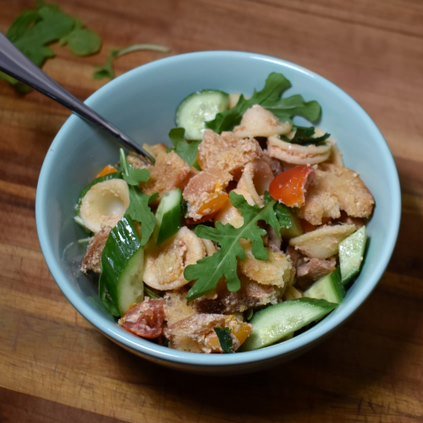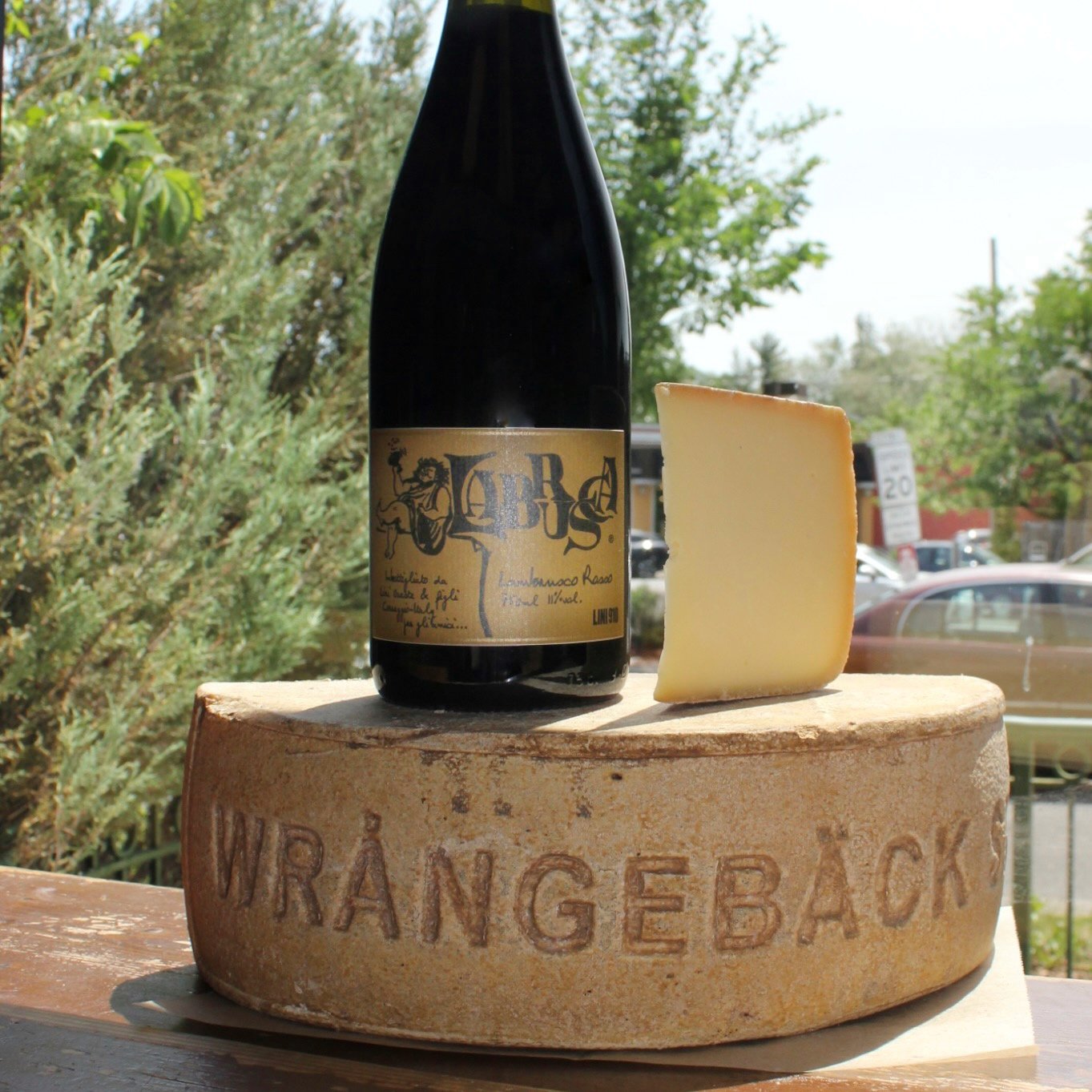By Austin Coe Butler
Did you know that May is American Cheese Month? No, we’re not celebrating that big block of orange stuff made by Kraft (which isn’t actually cheese), but real cheese made from curds and whey by artisans, families, and small producers! With the arrival of American Cheese Month along with the return of American Cheese Society's Judging and Competition to Minneapolis, I thought it would be worthwhile to write about how American cheese is unique and what the state of it is.
Prior to the arrival of European colonists, there was no cheese in the Americas. The mammals whose milk is best suited to make cheese—cows, sheep, goats, water buffalos, and yaks—were absent until the Columbian Exchange. Additionally, the indigenous populations, like the majority of the world’s population to this day, were lactose intolerant and had not developed the genetic mutation that allows some people to continue producing lactase, the enzyme responsible for breaking down the problematic milk sugar lactose after weaning. With the exception of llama milk, which was occasionally consumed by Andean cultures, no dairying traditions were present in the “New World.”
American cheese inherited its traditions from its historical patterns of immigration. The first cheeses in the Americas were made in Mexico by Spanish settlers. These fresh cheeses like queso fresco and queso Oaxaca were simple to make and could be consumed immediately. English pilgrims arriving in the Northeast brought with them the dairying traditions of butter and pressed, aged cheeses like Cheddar and Cheshire. Subsequent waves of immigration brought us Italian inspired cheeses like parmesan, German cheeses like Limburger, and Mexican cheeses like Monterey, among others.
America has been the source of many great innovations in cheese, but particularly in the production and aging of Cheddar. Owing to the hot, humid summers of the Northeast, British colonists found that their truckles of Cheddar and Cheshire would crack. They found that by wrapping or “bandaging” the cheeses in cloth—cheap, disposable, and readily available from the supply of cotton harvested by the enslaved on Southern plantations—helped limit the cracking, thus inventing the clothbound format that we often think of with English Cheddars, although they are very American. In the 19th and 20th century, petroleum products like paraffin wax and plastic vacuum bags created even better impermeable seals, allowing Cheddar to be aged for impossible timespans of twenty, thirty, or even forty years, opening up incredible new vistas of flavor. America was also home to the first cheese factory, a Cheddar factory in upstate New York founded in 1851 by Jesse Williams. Cheddar became a ubiquitous part of American life when it was included in welfare, eventually being enshrined in the American lexicon as slang for money. It was only in 2016 when Mozzarella, by way of our ravenous pizza consumption, usurped Cheddar as the most consumed cheese in America.
American artisan cheese naturally has many of the qualities we like to associate our national identity. Unhinged by tradition and unbound by strict regulatory titles like PDOs or AOCs, American artisan cheese has an opened mindedness and freedom of expression when it comes to cheesemaking. You’ll see the rugged individualism so central to American mythology in the names of cheese; lacking the regional traditions of Europe like Roquefort, Parmigiano Reggiano, or Gruyère, you’ll find names like Pleasant Ridge Reserve, Midnight Moon, Humboldt Fog, or Pawlet. You’ll also find individual figures hailed as founders for the nascent farmhouse cheese industry like Judy Schad, Mary Keehan, and Laura Chenel of the “American goat ladies”, David and Cindy Major of Vermont Shepherd, or Marian Pollack and Marjorie Susman of the storied Orb Weaver Farm.
While many American cheeses are inspired by European recipes and styles of cheese—much to the chagrin of European producers—American cheesemakers are able to use them as a point of departure. Take Pleasant Ridge Reserve for example, an Alpine cheese inspired by the tradition of European alpage, but made in Wisconsin, with cows bred for a postage stamp of pasture in Dodgeville to make milk that becomes cheese and, ultimately, an expression of American terroir. There are also some incredible experiments going on right now like the Cornerstone Project to create the first truly “American Cheese,” which we carry from Cato Corner.
America is the fastest growing market for artisan cheese in the world, and there’s good reason why the giants of European fromagerie greedily eye American producers, as the recent acquisitions of artisan doyennes Cyprus Grove and Cowgirl Creamery by the Swiss Emmi AG shows. In 2016 with the crowning of Rogue River Blue as the “World’s Best Cheese,” American cheese arrived on the global stage to the scandal of Europe. Like the dream pursued by so many here, American cheese is filled with limitless potential, in addition to incredible stories and flavors. To celebrate American cheese, we’re promoting cheese from all over the country, from Minnesota, Wisconsin, Iowa, to California, Vermont, Connecticut, and, heck, even Tennessee, with a 15% discount. Come to the shop to sample some American cheeses and discover what makes our cheeses so delicious and unique!
Want to more know and try some of the best cheeses America has to offer? Join us in our gorgeous new events space on June 20th for our class on American Artisan Cheese!









